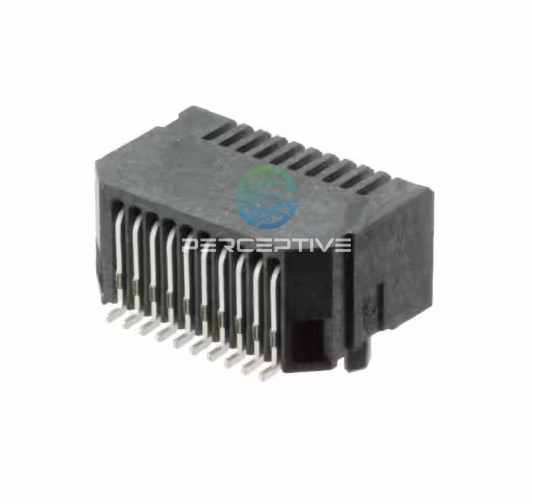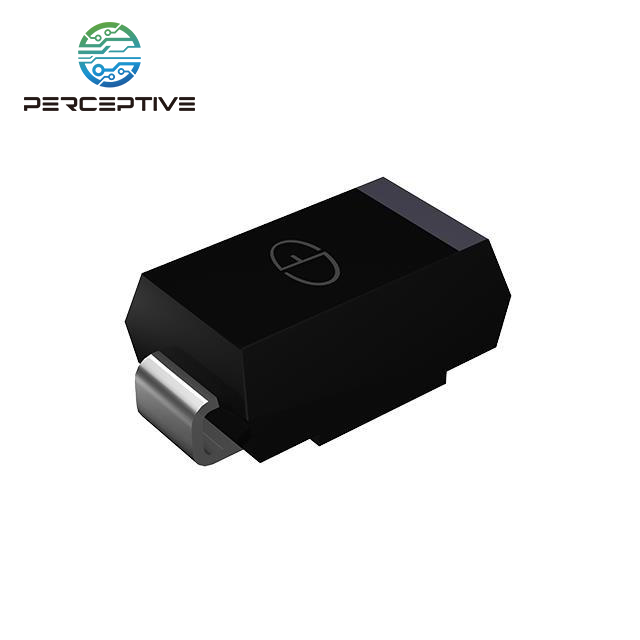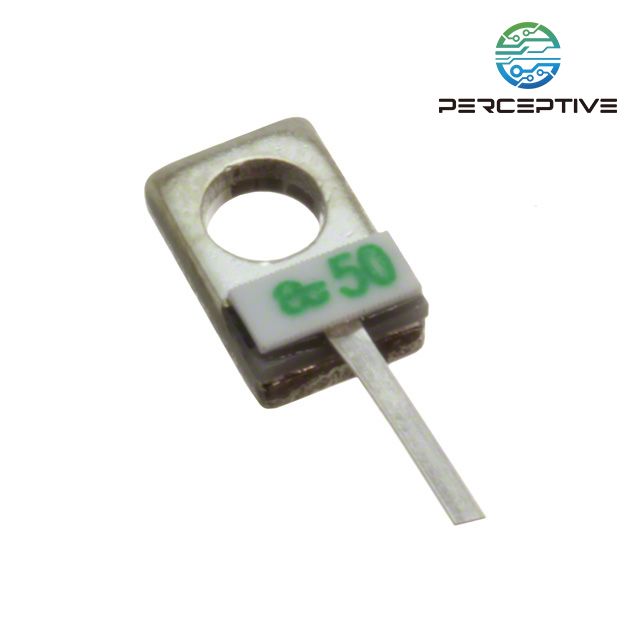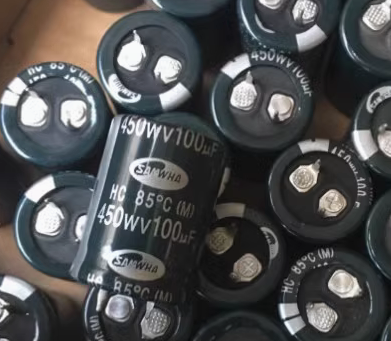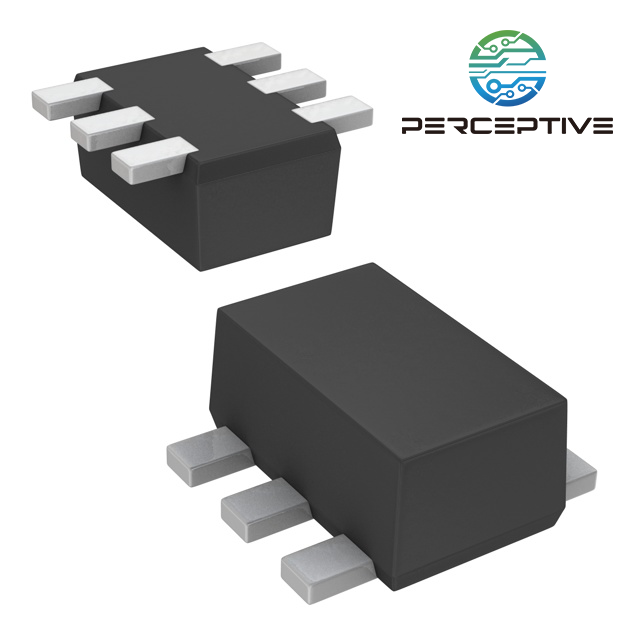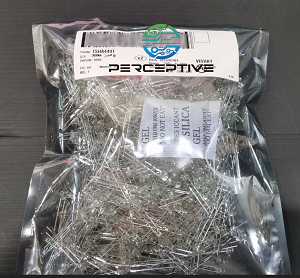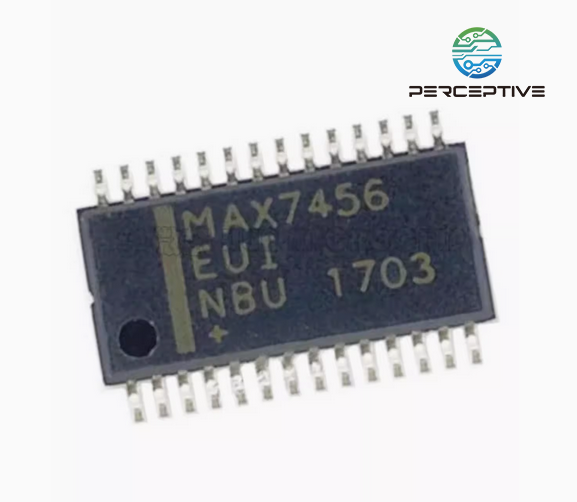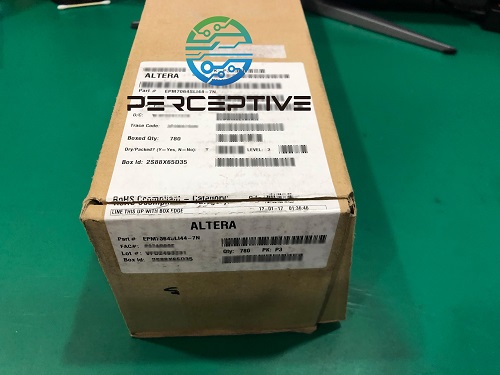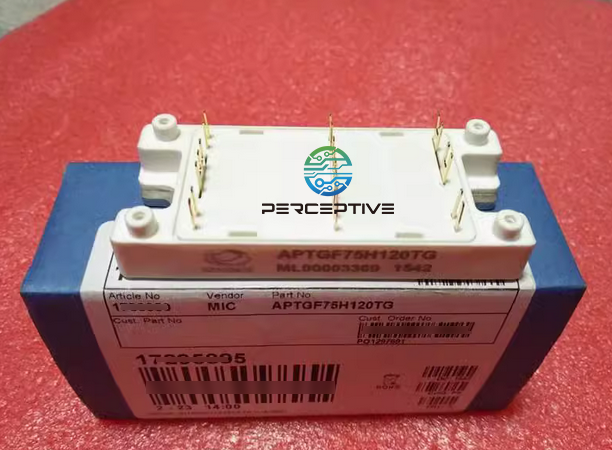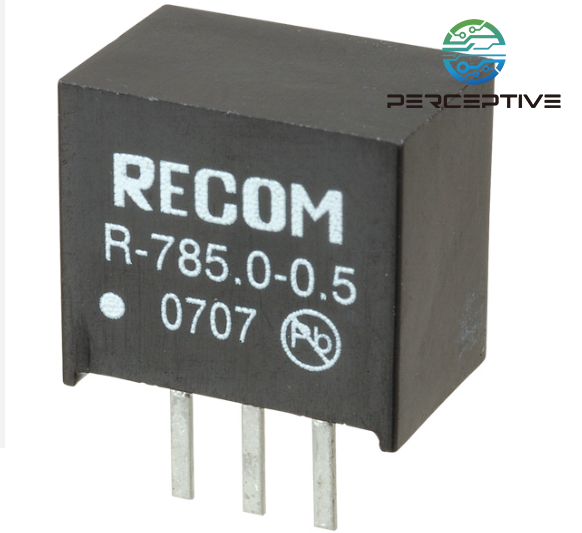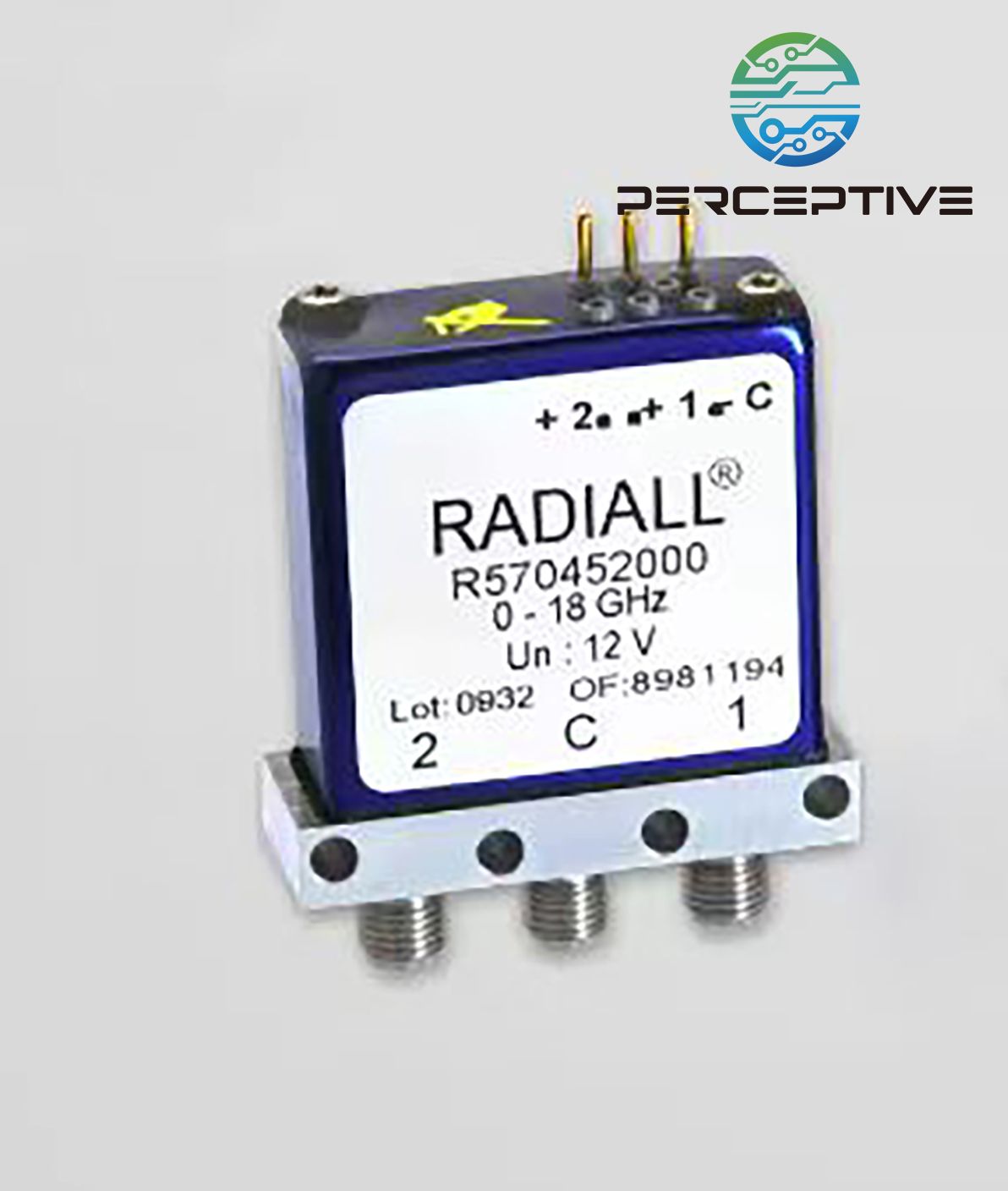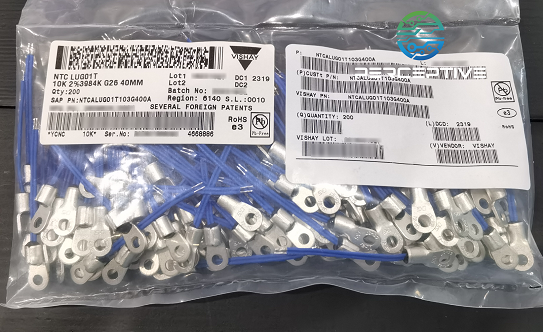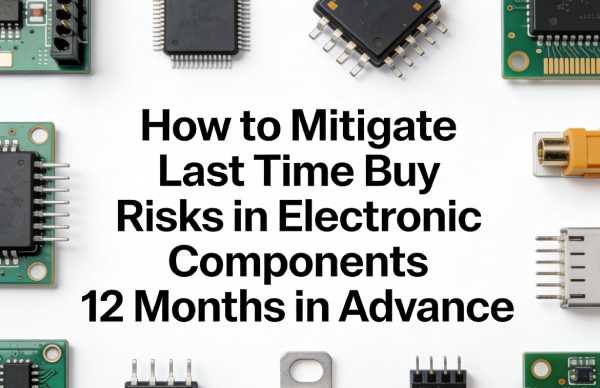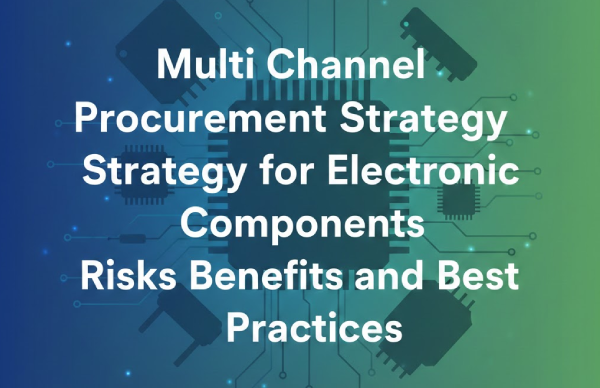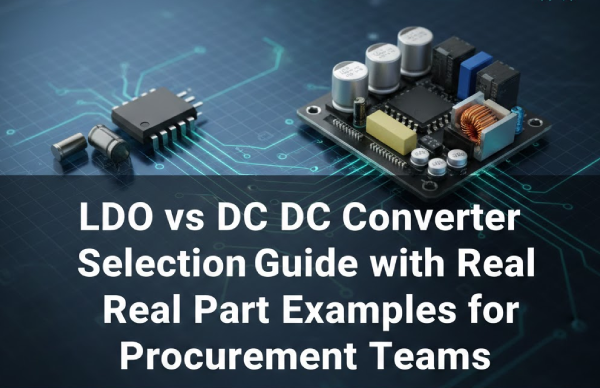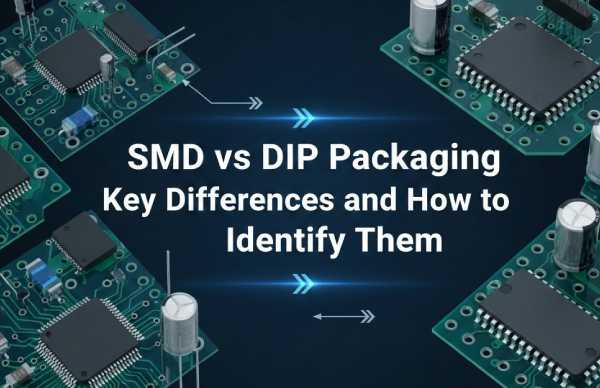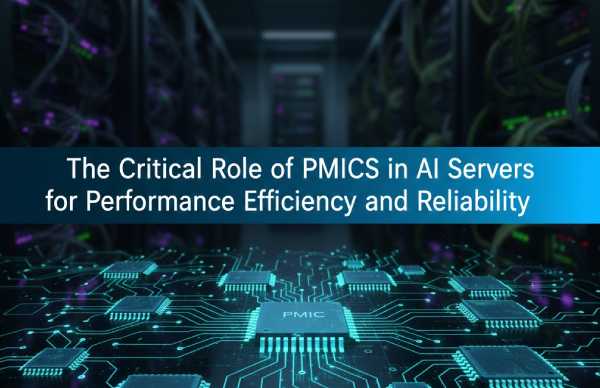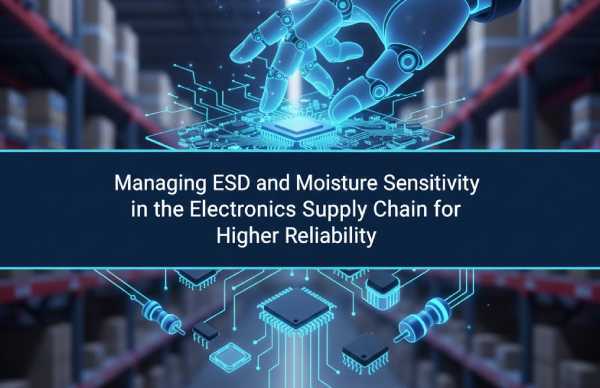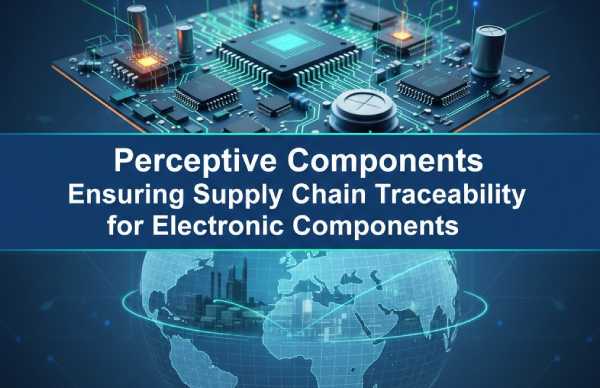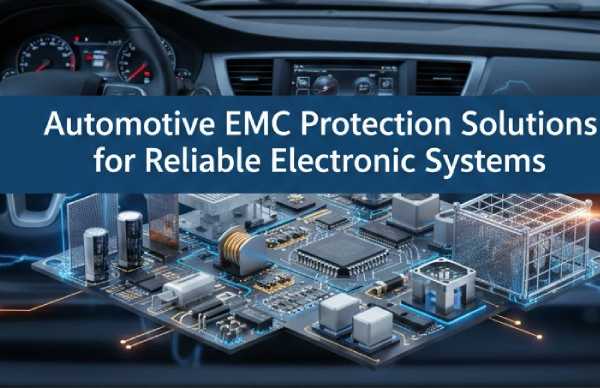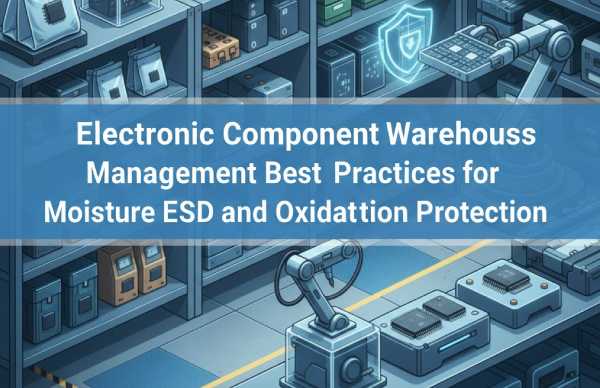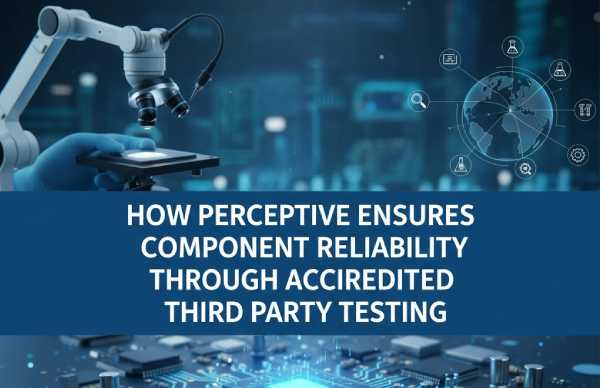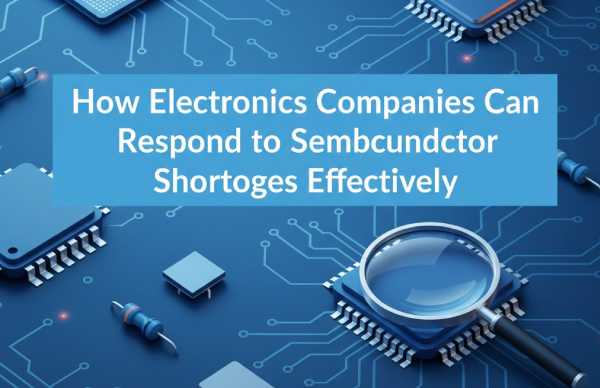In today's global electronics industry, sustainability and regulatory compliance are not just ethical choices — they are operational imperatives. With stricter environmental regulations, increasing consumer awareness, and growing corporate accountability, companies that fail to meet standards such as RoHS (Restriction of Hazardous Substances) and REACH (Registration, Evaluation, Authorization and Restriction of Chemicals) risk supply chain disruptions, market exclusion, and reputational loss. Building a sustainable, compliant supply chain has become essential for every stakeholder — from engineers and quality managers to procurement specialists.
1. The Growing Importance of Sustainability in Electronics
The electronics sector produces a vast amount of e-waste each year — over 60 million tons globally, projected to exceed 80 million tons by 2030. This massive waste output drives governments to tighten environmental regulations, pushing manufacturers and distributors to adopt cleaner materials and traceable sourcing. For distributors, sustainable sourcing and proactive environmental management are now competitive advantages, not cost burdens.
2. Understanding RoHS and REACH Compliance
RoHS restricts the use of certain hazardous substances in electrical and electronic equipment, such as lead (Pb), mercury (Hg), cadmium (Cd), and hexavalent chromium (Cr⁶⁺). REACH, meanwhile, governs the registration and safe use of chemical substances throughout the European market, focusing on substances of very high concern (SVHCs).
Both regulations aim to minimize environmental impact and ensure human health protection — but compliance extends far beyond checking boxes. The most forward-thinking companies integrate these standards into design, supplier management, and documentation processes, ensuring traceability from raw materials to final components.
3. Building a Sustainable and Compliant Supply Chain
A sustainable supply chain starts with transparency. Every supplier, no matter how far upstream, should provide standardized compliance data such as Material Declarations (IPC-1752A/B), Certificate of Compliance, and third-party test reports. This data enables traceability and prevents the inclusion of restricted substances in Bill of Materials (BOMs).
At Perceptive Components, we emphasize data-driven sourcing: verifying part-level RoHS/REACH compliance before procurement, maintaining digital records of supplier certifications, and partnering with testing laboratories for periodic validation. This proactive approach reduces regulatory risk and ensures smoother audits from customers and authorities.
4. Design for Compliance and Sustainability
The most efficient way to maintain compliance is to design for sustainability from the start. Engineers can avoid future redesigns or costly requalification by selecting environmentally friendly materials and components that meet RoHS/REACH from the initial design stage.
Key strategies include:
Selecting halogen-free and lead-free components.
Using recyclable materials and avoiding mixed-material bonding.
Partnering with suppliers offering eco-friendly packaging and take-back programs.
Incorporating energy-efficient components and low-carbon production materials.
These design considerations improve both environmental performance and long-term product reliability.
5. Managing Substances of Concern and Material Substitution
Regulatory lists under REACH are constantly updated — for example, new PFAS (per- and polyfluoroalkyl substances) restrictions are emerging across Europe. Companies must monitor these changes continuously and plan substitutions early.
A practical method is to maintain a "Substance Management Matrix":
Identify restricted or high-risk substances.
Evaluate alternative materials or suppliers.
Track qualification and certification progress.
By replacing hazardous materials strategically, companies ensure future-proof designs and avoid last-minute compliance crises.
6. Verification, Testing, and Documentation
A robust compliance program combines risk-based testing with data verification. High-risk materials such as plastics, coatings, and solder finishes should undergo periodic testing using XRF, ICP, or GC-MS methods. Maintaining well-organized digital records — including supplier declarations, test results, and version-controlled BOMs — simplifies audits and customer inquiries.
Third-party testing partnerships are especially valuable for distributors managing large inventories from diverse sources. Regular verification reinforces customer trust and protects the brand from non-compliance liabilities.
7. Moving Beyond Compliance: Embracing Circularity
True sustainability in electronics extends beyond meeting regulatory limits — it's about minimizing total environmental footprint. Distributors and manufacturers can measure circularity through:
The percentage of recyclable components in their catalog.
Supplier carbon reporting and energy efficiency practices.
Lifecycle management, including repairability and reuse programs.
By embedding circular economy principles into procurement and sales, companies enhance resilience, reduce waste, and strengthen long-term customer relationships.
8. The Road Ahead
Environmental regulations are evolving rapidly — with more countries aligning with EU-level chemical restrictions and introducing national green electronics standards. Businesses that act now to strengthen compliance frameworks will gain agility, trust, and global market access.
At Perceptive Components, we believe that sustainability and compliance go hand in hand with innovation. By combining transparent sourcing, responsible supplier partnerships, and forward-thinking product design, we are committed to building a more sustainable and compliant electronics supply chain — one component at a time.

